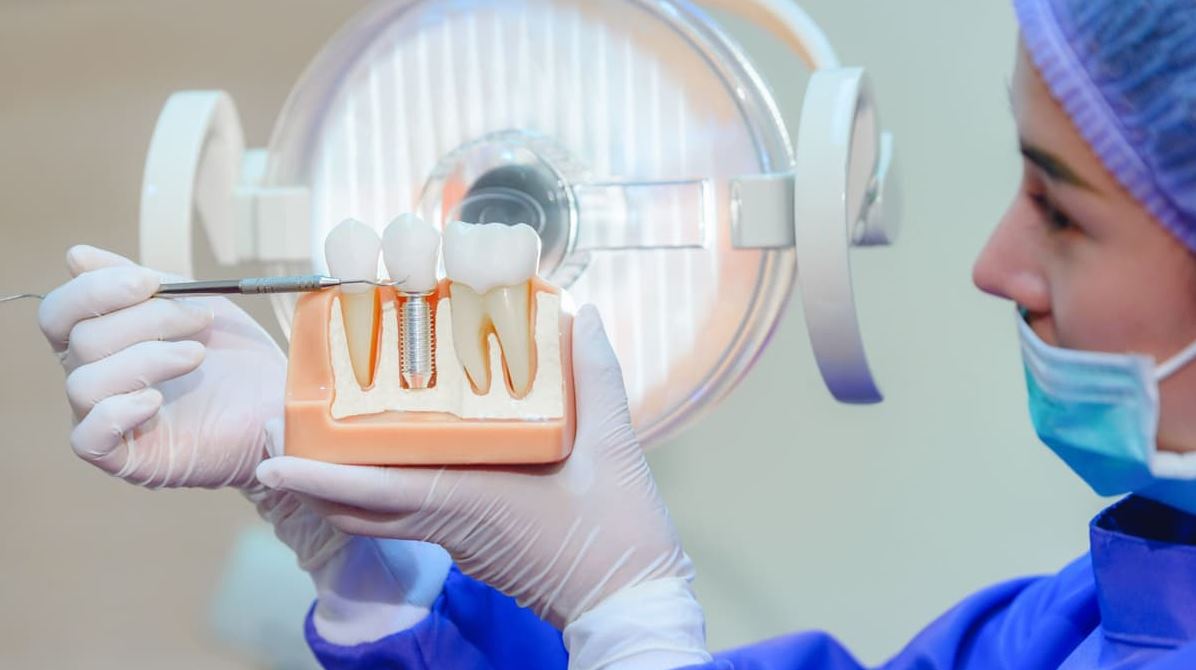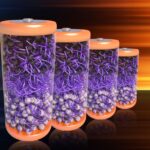 Scientists have found a smart way to turn human urine—something we usually overlook—into a useful resource for medical implants. Typically, urine’s high nutrient content can stress water systems and harm local ecosystems, but researchers at the University of California, Irvine, along with U.S. and Japanese partners, have devised a method that converts it into hydroxyapatite (HAp). This biocompatible calcium phosphate not only plays a key role in bone and dental implants but is also used in restoration work and biodegradable composites.
Scientists have found a smart way to turn human urine—something we usually overlook—into a useful resource for medical implants. Typically, urine’s high nutrient content can stress water systems and harm local ecosystems, but researchers at the University of California, Irvine, along with U.S. and Japanese partners, have devised a method that converts it into hydroxyapatite (HAp). This biocompatible calcium phosphate not only plays a key role in bone and dental implants but is also used in restoration work and biodegradable composites.
Professor David Kisailus explains, “We’re tackling two challenges at once. By removing urine from wastewater streams, we help reduce environmental risks, while at the same time producing a material that can serve many commercial applications.”
If you’ve ever struggled with water contamination issues, you’ll appreciate how this approach not only minimises damage to ecosystems but also transforms waste into a product with an estimated market value of US $3.5 billion by 2030.
Under normal circumstances, our bone-forming cells—osteoblasts—build HAp by gathering calcium phosphate in a controlled way. However, their capacity is limited. To overcome this, the researchers developed a synthetic yeast strain called “osteoyeast” that mimics osteoblasts. The yeast works by breaking down urea, increasing the pH, and gathering calcium and phosphate into small internal pockets. Once the hydroxyapatite crystallises, it is expelled from the yeast cell, delivering up to 1 gram of HAp per litre of urine.
One of the really appealing aspects of this method is its speed. According to Kisailus, the process takes less than a day. The use of yeast—being as affordable and scalable as brewing beer—means that this technology could be implemented widely, even in developing regions where high-tech facilities might not be available.
The potential of this yeast-based technique isn’t limited to medical implants. The team, in collaboration with Professor Yasuo Yoshikuni from Lawrence Berkeley Laboratory, is investigating ways to adapt the process for creating materials in energy-related fields. By integrating it with modern 3D printing and structural design, they’re laying the groundwork for multifaceted, architected materials.
This innovative project has earned backing from the U.S. Department of Energy, the Defense Advanced Research Projects Agency, and the Air Force Office of Scientific Research, with their findings sharing the spotlight in Nature Communications.








